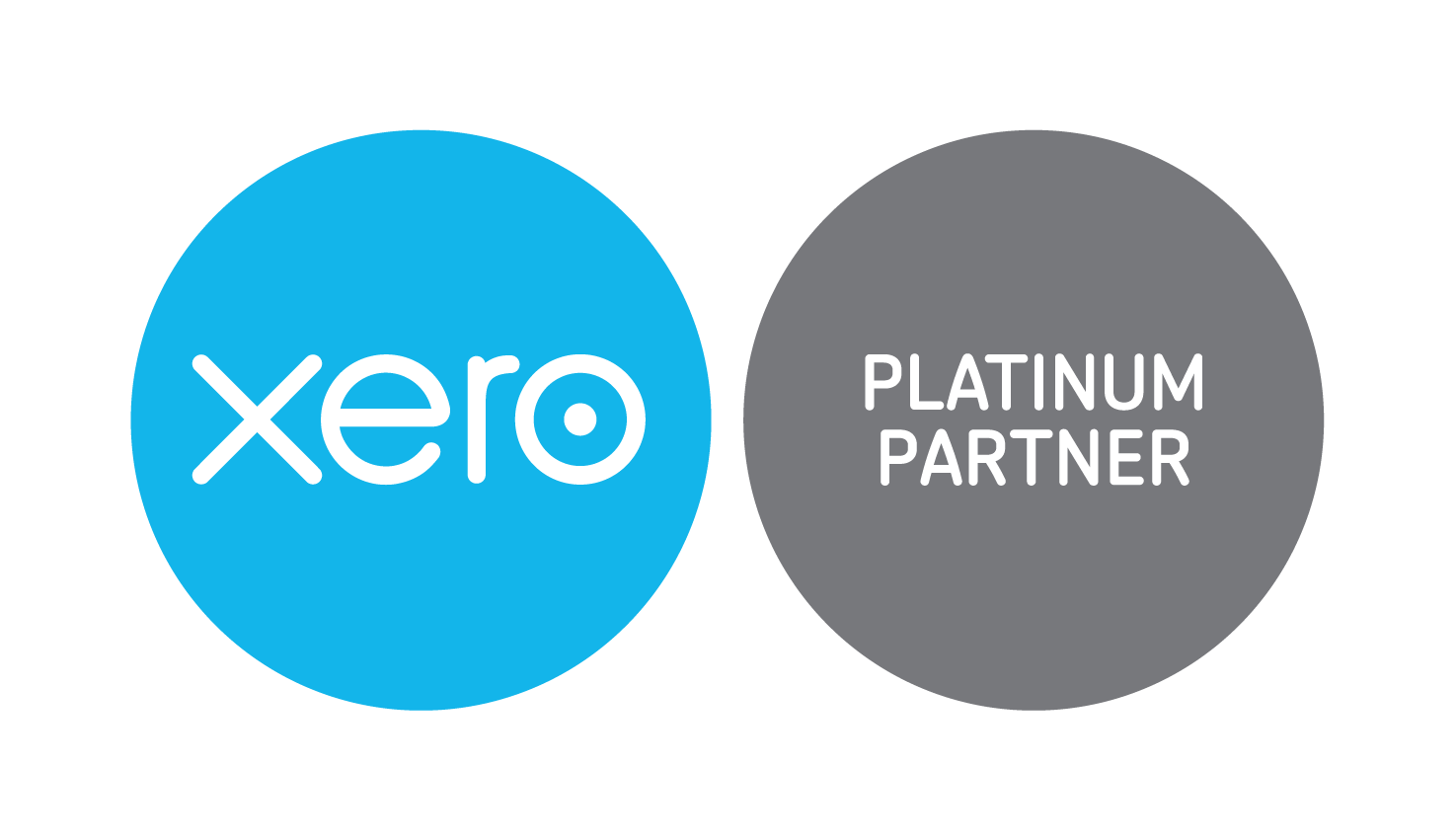
Tax Filing Deadlines 2023
As the calendar turns towards the tax filing deadline 2023 season, it's crucial for both individuals and businesses to prepare for the deadlines associated with filing their tax returns. The process involves a series of important dates, each serving a specific purpose in the overall timeline. Failing to adhere to these deadlines can result in penalties, added stress, and potentially missed opportunities for tax savings. This comprehensive guide will not only highlight the critical dates and filing requirements but also offer advice on how to manage your tax responsibilities efficiently.
Key Dates for the Entire Year
The tax year is peppered with various tax deadline 2023, each important for different reasons. Whether it's the start of the filing season, the last day to submit your return, or various cutoffs for estimated payments, staying informed can help you navigate the tax season with ease. Here's an exhaustive calendar of dates for the tax deadline 2024 season:
tax deadline 2023
|
Event |
Date |
Description |
|
Tax Filing Season Opens |
January 24, 2024 |
The IRS begins accepting and processing returns for the 2023 tax year. |
|
Deadline for 1099 Forms |
January 31, 2024 |
Employers must send out W-2 forms and 1099 forms to employees and independent contractors, respectively. |
|
Deadline for Contributing to IRA |
April 15, 2024 |
last date to contribute to your IRA for the 2023 tax year. |
|
Tax Day (Filing Deadline) |
April 15, 2024 |
Deadline for filing individual tax returns and making payments. |
|
First Estimated Tax Payment Due |
April 15, 2024 |
For those who pay quarterly estimated taxes, this is the first payment deadline for 2024. |
|
Second Estimated Tax Payment Due |
June 15, 2024 |
Deadline for the second quarterly estimated tax payment. |
|
Extension Deadline |
October 15, 2024 |
Final deadline to file tax returns for those who requested an extension. |
|
Third Estimated Tax Payment Due |
September 15, 2024 |
Deadline for the third quarterly estimated tax payment. |
|
Fourth Estimated Tax Payment Due |
January 15, 2025 |
Deadline for the fourth quarterly estimated tax payment for 2024. |
Please note: These dates are traditionally set by the IRS but can be subject to change. Always verify with official IRS announcements or consult with a tax professional.
Read more about Tax Topic 152
Comprehensive Filing Requirements
Determining whether you need to file a tax return can depend on several factors, including your income, filing status, and age. Below is a detailed table outlining the requirements for filing:
|
Filing Status |
Age at the End of 2023 |
Minimum Income Requirement |
|
Single |
Under 65 |
$12,550 |
|
Single |
65 or older |
$14,250 |
|
Married Filing Jointly |
Both are under 65 |
$25,100 |
|
Married Filing Jointly |
One spouse, 65 or older |
$26,450 |
|
Married Filing Separately |
Any age |
$5 |
|
Head of Household |
Under 65 |
$18,800 |
|
Head of Household |
65 or older |
$20,500 |
|
Qualifying Widow(er) |
Under 65 |
$25,100 |
|
Qualifying Widow(er) |
65 or older |
$26,450 |
These figures are for illustrative purposes and are based on the 2023 tax year thresholds. For the most accurate and updated requirements, consult the IRS or a tax professional.
Understanding Penalties
Failing to file or pay your taxes on time can lead to penalties that quickly add up. Here's what you could be facing if you miss the deadlines:
|
Situation |
Penalty |
|
Failure to File |
5% of unpaid taxes for each month late, up to 25%. |
|
Failure to Pay |
0.5% of unpaid taxes for each month late, up to 25%. |
|
Both Failure to File and Pay |
Maximum penalty of 5% per month, combining both penalties. |
|
Minimum Penalty for Late Filing |
If it is more than 60 days late, $435 or the tax owed, whichever is smaller. |
Streamlining Your Filing Process
When it's time to file, you have several avenues to consider, each with its own set of advantages:
-
Electronic Filing (e-File) Offers the quickest processing time and an immediate receipt confirmation from the IRS.
-
Paper Filing is a traditional method where you mail your printed tax forms directly to the IRS.
-
Tax Preparation Software can provide a guided filing process, often with built-in e-File capabilities.
-
Hiring a Tax Professional is Ideal for complex tax situations or for those seeking expert advice.
Optimize Your Deductions and Credits
Maximizing your deductions and taking advantage of eligible tax credits can significantly reduce your taxable income and, subsequently, your tax liability. Here are some tips:
Itemize Deductions:
If your total itemizable deductions exceed the standard deduction for your filing status, itemizing can lower your tax bill. Common deductions include mortgage interest, state and local taxes (SALT), charitable contributions, and medical expenses exceeding a certain percentage of your adjusted gross income (AGI).
Maximize Retirement Contributions:
Contributions to traditional IRAs and 401(k) plans can reduce your taxable income. Check the contribution limits for the tax year to make the most of this opportunity.
Educational Credits:
If you're paying for college, you might be eligible for the American Opportunity Credit or the Lifetime Learning Credit, which can directly reduce your tax bill.
Energy Credits:
Installing energy-efficient systems or solar panels could qualify you for credits that reduce your tax liability.
Plan for Future Tax Situations
Tax planning is an ongoing process that can help you manage future tax liabilities. Consider these strategies:
-
If you consistently owe money at tax time or receive large refunds, adjusting your withholdings can help. Use the IRS's Tax Withholding Estimator tool to find the right balance.
-
Converting part of a traditional IRA to a Roth IRA could be beneficial, especially if you expect to be in a higher tax bracket in retirement. While the conversion adds to your taxable income in the year it's done, qualified withdrawals from a Roth IRA are tax-free.
-
If you have investments that have lost value, selling them to realize a loss can offset capital gains and up to $3,000 of other income. This strategy, known as tax-loss harvesting, can be a useful tool in managing your tax bill.
Keep Accurate Records
Maintaining comprehensive and accurate records is essential for a smooth tax filing process. Here's what you should keep track of:
-
Income Documents:
W-2s, 1099s, and records of any other income.
-
Deduction and Credit Documentation:
Receipts, bank statements, and records related to eligible deductions and credits.
-
Previous Tax Returns:
Keep copies of your tax returns for at least three years. They can be helpful for future filings and in addressing any questions from the IRS.
Seek Professional Advice
While this guide offers a comprehensive overview, every taxpayer's situation is unique. Consulting with a tax professional can provide personalized advice tailored to your specific circumstances. A tax expert can help you navigate complex tax issues, identify additional savings opportunities, and plan effectively for the future.
Technology and Tax Preparation
Leveraging technology can streamline the tax preparation process and enhance your financial management throughout the year. Consider using financial management software to track your income, expenses, investments, and tax-deductible contributions. Many of these platforms offer features that simplify tax reporting and provide insights into potential tax savings.
Keeping Up with IRS Updates
The IRS regularly updates its guidelines, forms, and filing procedures. Utilizing IRS resources, such as the IRS2Go mobile app or the "Where’s My Refund?" tool, can provide you with up-to-date information and help you manage your tax obligations more effectively.
Conclusion
The 2024 tax season, with its myriad of deadlines and requirements, need not be a source of stress. By keeping informed of the key dates, understanding the filing requirements, and being aware of potential penalties, you can navigate the process smoothly. Whether you opt for electronic filing, use software, or engage a tax professional, the key is to act proactively. Preparation and timely action are your best strategies for a hassle-free tax season. Remember, a well-informed taxpayer is a confident taxpayer.
FAQs
Q1: When does the 2024 tax filing season start?
A1: The 2024 tax filing season, for filing your 2023 tax returns, typically starts in late January. The IRS usually announces the exact start date in early January. For the 2024 season, the expected start date is January 24, 2024.
Q2: What is the deadline for filing my 2023 tax return?
A2: The deadline for filing your 2023 tax return is April 15, 2024. If April 15 falls on a weekend or a holiday, the deadline is extended to the next business day.
Q3: Can I file for an extension and how does it affect my tax payment?
A3: Yes, you can file for an extension, which grants you until October 15, 2024, to file your tax return. However, it's important to note that the extension only applies to filing the return, not to any taxes owed. Taxes owed are still due by April 15, 2024, to avoid penalties and interest.
Q4: What are the penalties for filing or paying taxes late?
A4: The penalty for filing late is 5% of the taxes owed for each month your return is late, up to 25%. The penalty for paying late is 0.5% of the taxes owed per month, up to 25%. If both penalties apply, the maximum charge per month is 5%.
Q5: How can I check the status of my refund?
A5: You can check the status of your refund using the IRS’s “Where’s My Refund?” tool available on the IRS website or through the IRS2Go app. You'll need to provide your Social Security number, filing status, and the exact refund amount.
Q6: Do I need to file a tax return if I didn't earn much income in 2023?
A6: It depends on your income, filing status, age, and whether you're dependent on another taxpayer’s return. The IRS provides thresholds for each filing status that determine whether you need to file a return. Even if you're below these thresholds, it might be beneficial to file a return if you had taxes withheld or are eligible for refundable credits.
Q7: How can I maximize my tax refund or reduce the amount I owe?
A7: You can maximize your refund or reduce your tax liability by taking advantage of deductions and credits for which you're eligible. These can include charitable contributions, educational expenses, certain business expenses, retirement contributions, and more. Itemizing deductions can also provide benefits if your allowable expenses exceed the standard deduction.
Q8: What should I do if I made a mistake on my filed tax return?
A8: If you discover an error after filing your tax return, you can file an amended return using Form 1040-X. This form allows you to correct your income, deductions, or credits on a previously filed return. It’s important to file an amended return as soon as possible to avoid potential penalties and interest on any additional taxes owed.
Q9: Are there any new tax laws for 2024 that I should be aware of?
A9: Tax laws can change from year to year. It’s crucial to stay informed about any new laws or changes to existing laws that could affect your tax filing for 2024. The IRS website, tax professionals, and reputable tax advisory services are good resources for up-to-date information.
Q10: How can I file my taxes for free?
A10: If your income is below a certain threshold, you may be eligible to use the IRS Free File program, which provides access to free tax preparation software. Additionally, the IRS offers Free File Fillable Forms, which are electronic federal tax forms you can fill out and file online at no cost, regardless of your income.
Follow SKFinancial on Facebook / Twitter / Linkedin / Youtube for updates.












